×
SparkFun will be closed on Tuesday, December 24th, and Wednesday, December 25th, in observance of the Christmas holiday. Any orders qualifying for same day shipping placed after 2:00 p.m. (MST) on Monday, December 23rd, will be processed on Thursday, December 26th, when we return to regular business hours. Wishing you a safe and happy holiday from all of us at SparkFun!
Please note - we will not be available for Local Pick up orders from December 24th-December 27th. If you place an order for Local Pick-Up we will have those ready on Monday, December 30th.
March is Women's History Month, and we're celebrating! Lots of women throughout history were responsible for some of science's greatest milestones, but without the same recognition as their male peers. Studying the history of science isn't complete without knowing the stories and work of these women that came before us.
Here's a roundup of just a few of these scientists that you may not have heard of before. This is just a preview of their lives and work, and I encourage you to read more about them beyond this list.
Sally Ride
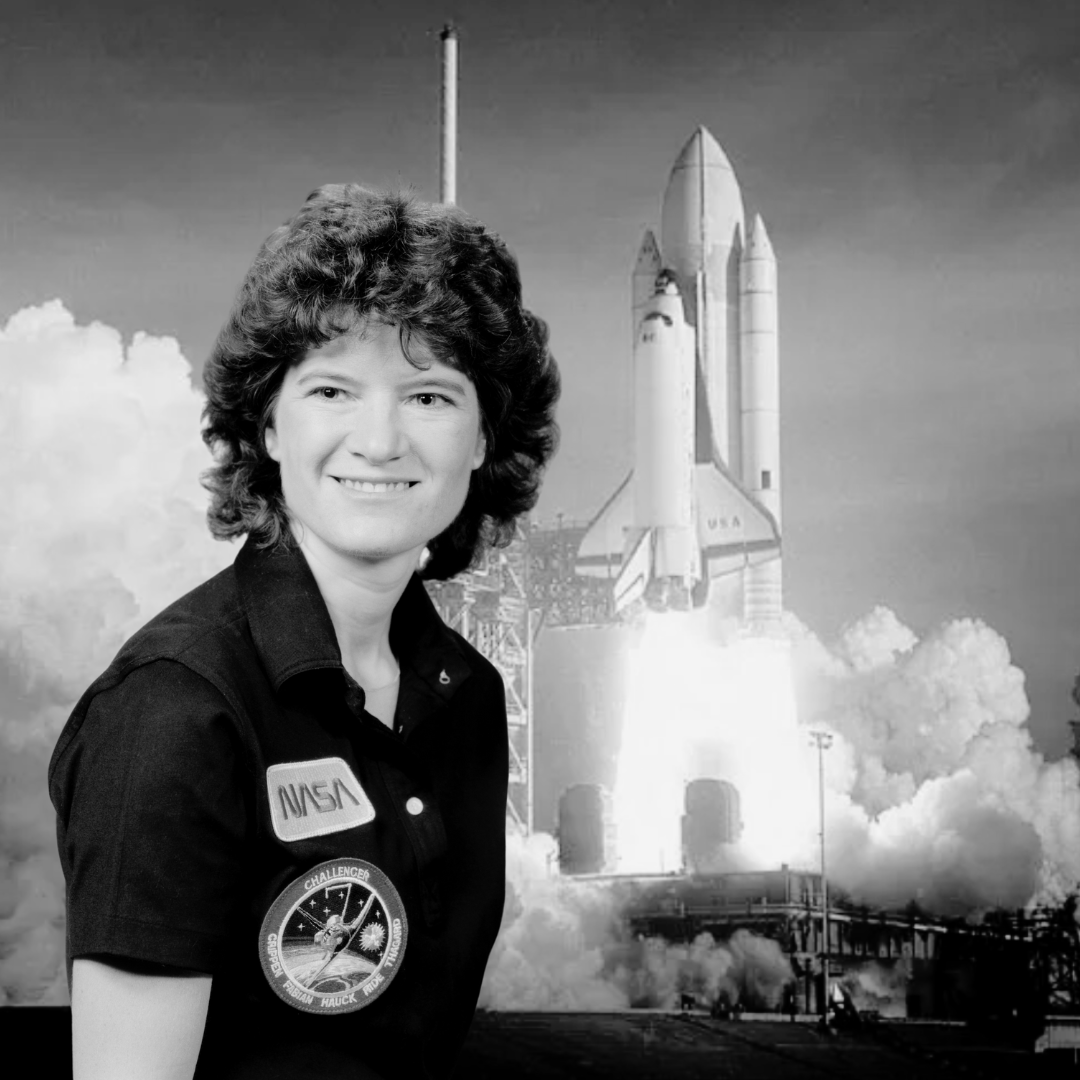
Sally Ride broke new ground as the first American woman in space when she flew aboard the Space Shuttle Challenger in 1983. Before joining NASA, Ride earned a Ph.D. in physics from Stanford University, where she focused on astrophysics and free electron laser physics. Her selection by NASA in 1978 marked a significant milestone in the history of American space exploration, demonstrating a growing commitment to gender diversity in the space program.
In space, Ride served as a mission specialist, operating the shuttle's robotic arm and conducting scientific experiments. Her work in space not only contributed valuable data to various fields of science but also showed that women could perform effectively in the demanding environment of space. After leaving NASA, Ride dedicated herself to education, founding Sally Ride Science to inspire young people, especially girls, to pursue careers in STEM fields.
Mae Jemison
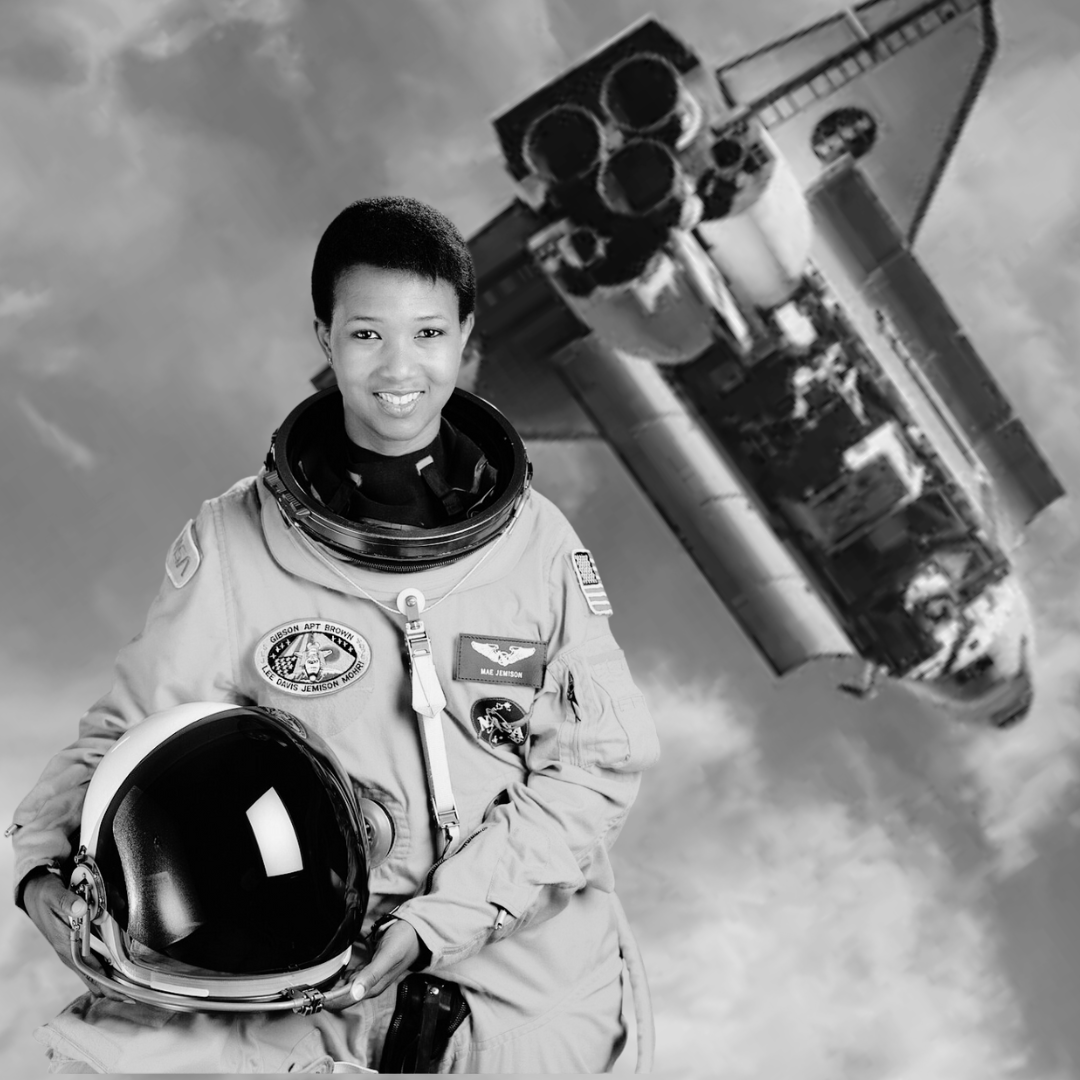
Mae Jemison's journey to becoming the first African American woman in space reflects her multifaceted career and passion for science and social change. Before her historic spaceflight aboard the Space Shuttle Endeavour in 1992, Jemison worked as a general practitioner and participated in medical research. Her interests in space and science education led her to NASA, where she made significant contributions to the space program.
After NASA, Jemison continued to advocate for science and technology education, particularly for minority students. She founded the Dorothy Jemison Foundation for Excellence and led the 100 Year Starship project, which aims to make human space travel beyond our solar system a reality within the next century. Jemison's work emphasizes the importance of STEM education and the need for a long-term vision in space exploration.
Maria Mitchell
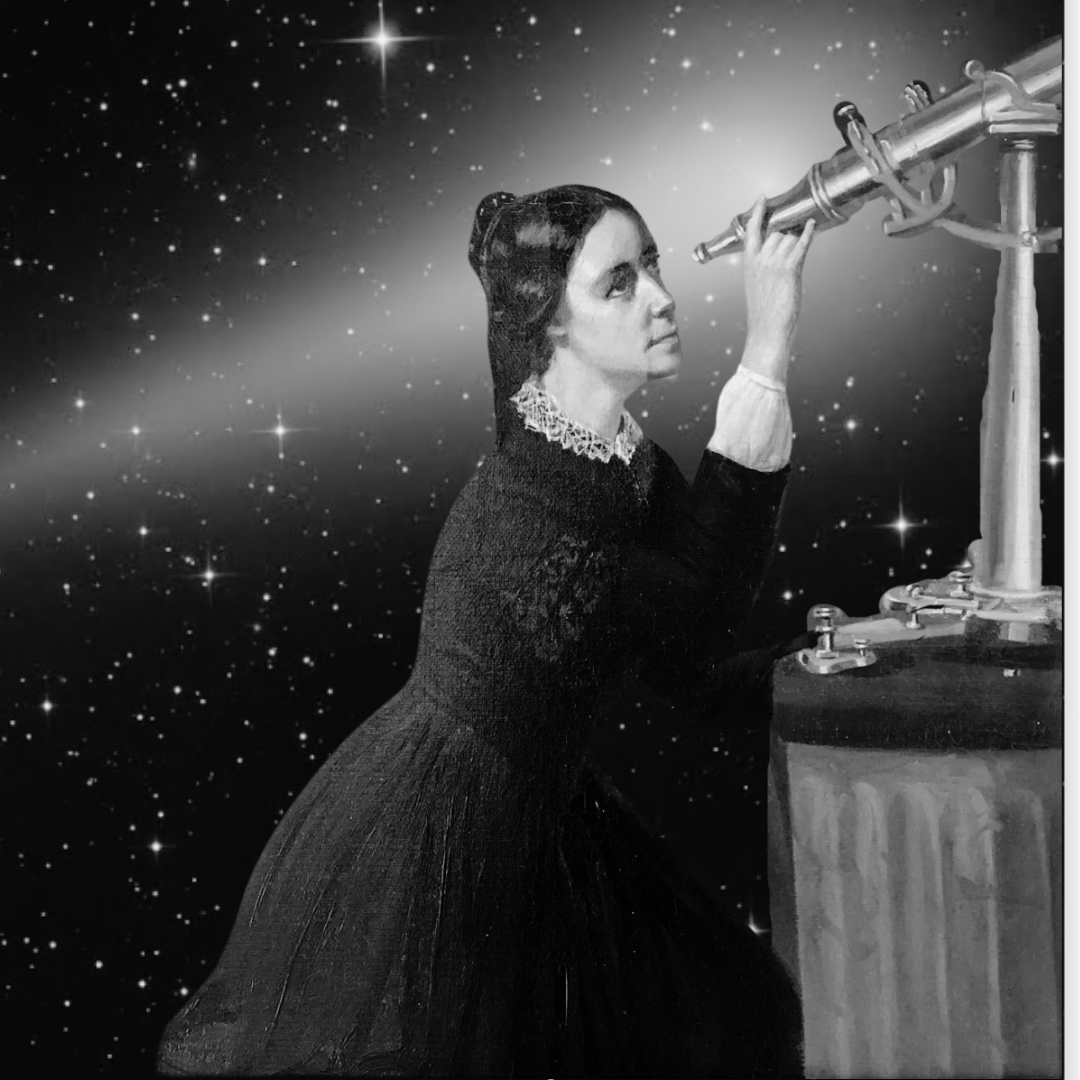
Maria Mitchell, an astronomer, educator, and advocate for women in science, made significant contributions to astronomy in the 19th century. Her discovery of a comet in 1847, using a telescope she operated herself, earned her international recognition and the distinction of being the first American woman to work as a professional astronomer. Mitchell's achievements challenged the prevailing notions of women's roles in science and society at the time.
At Vassar College, Mitchell was not only a professor but also a mentor to many women who would go on to have their own careers in science. Her approach to teaching was innovative, encouraging hands-on learning and critical thinking, which helped to advance the field of astronomy and paved the way for future generations of women in science.
Sameera Moussa
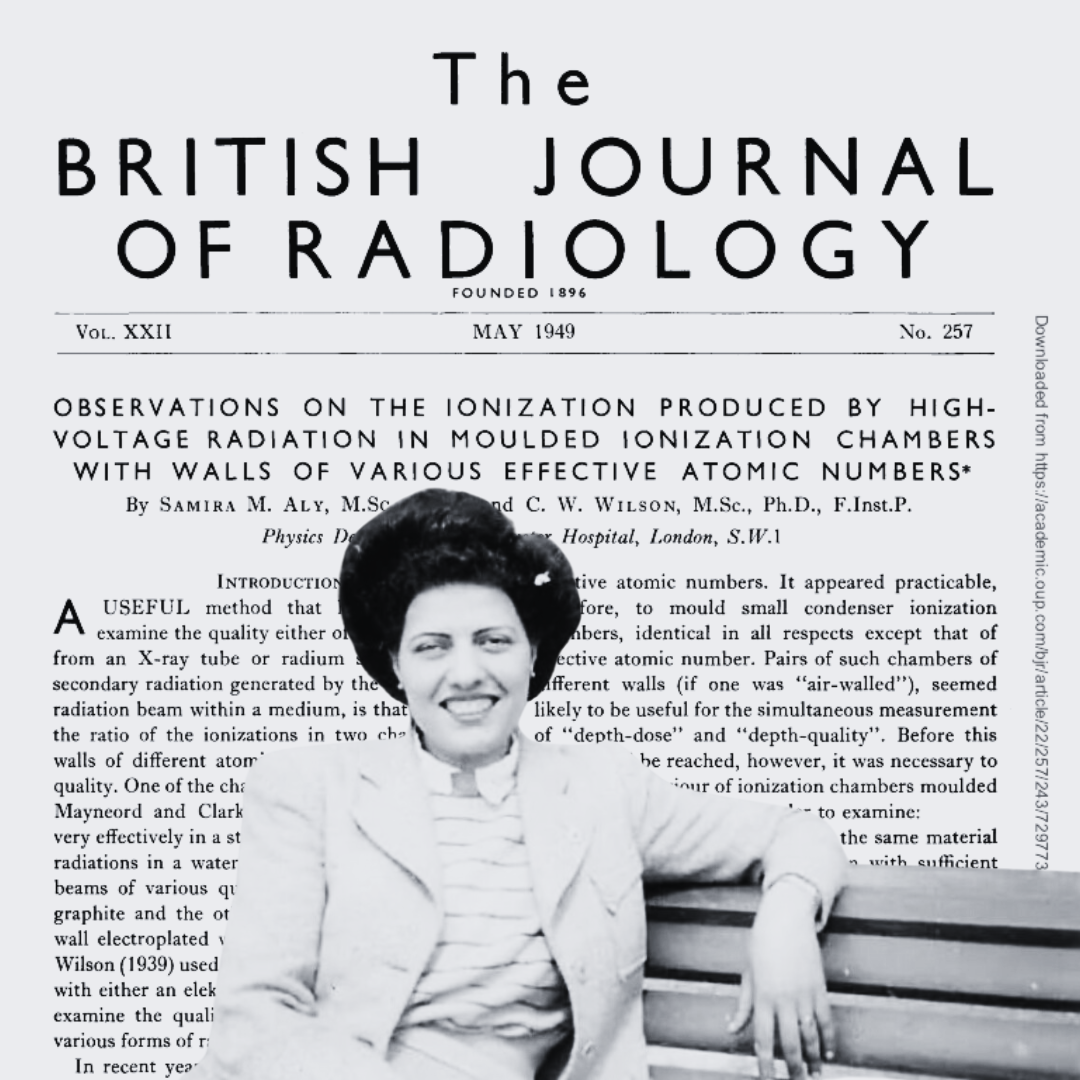
Sameera Moussa's groundbreaking work in nuclear physics aimed at making nuclear medicine accessible to the masses reflects her dedication to humanitarian causes. Born in Egypt, Moussa excelled in her studies and became the first woman to hold a Ph.D. in atomic radiation. Her research focused on the medical applications of nuclear technology, particularly in treating cancer.
Moussa's advocacy for peaceful nuclear technology led to her organizing the Atomic Energy for Peace Conference and her historical visit to the United States' atomic facilities, where she was the first non-American to be granted access. Her untimely death in a car accident in 1952 cut short what could have been an even more impactful career, but her legacy lives on in the field of nuclear medicine and her vision for peace.
Grace Hopper
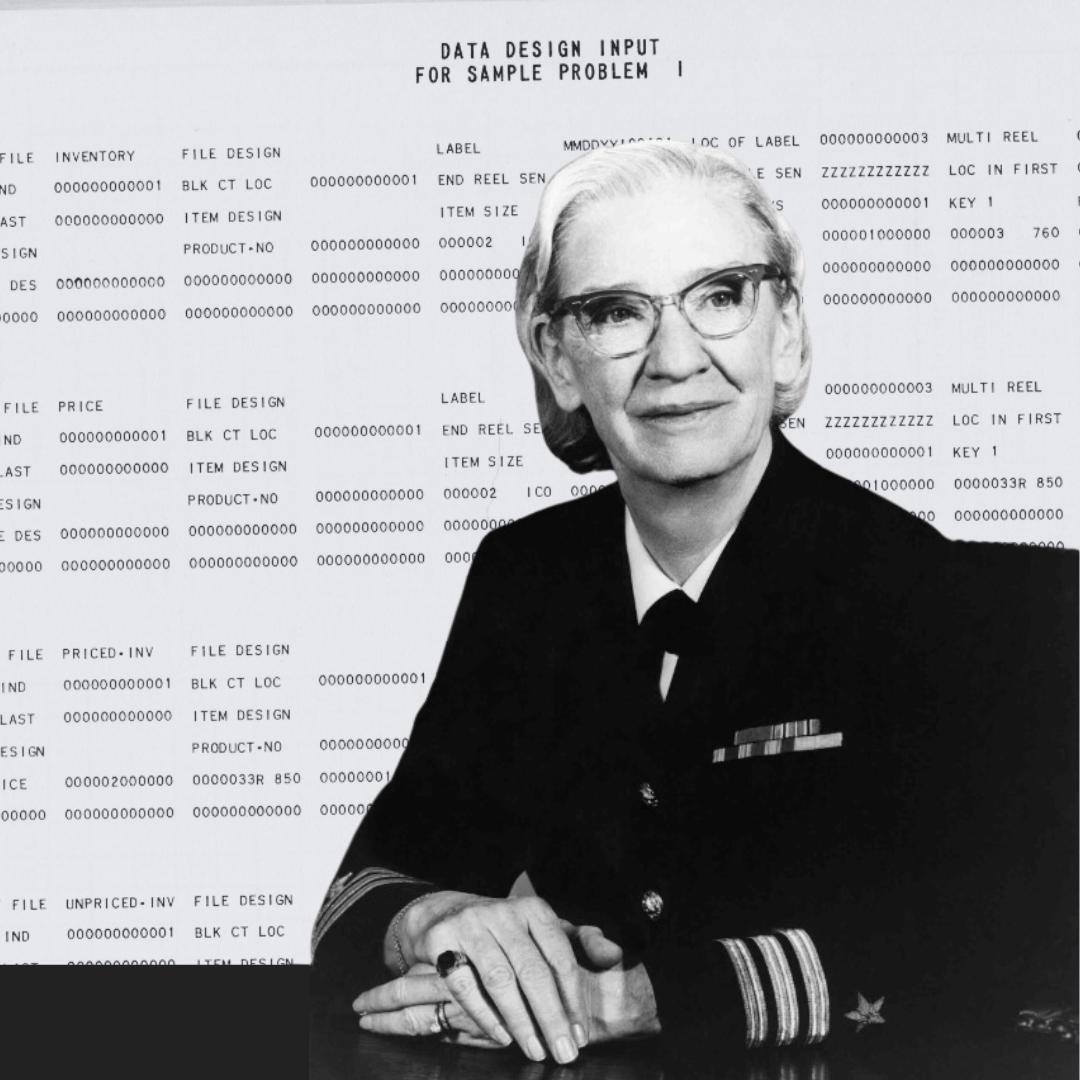
Grace Hopper was a pioneering computer scientist whose work laid the foundation for modern computing. She was one of the first programmers of the Harvard Mark I computer during World War II and made significant contributions to the development of programming languages. Hopper's invention of the first compiler, a program that translates English-like instructions into machine code, was a critical step in making computing accessible to a broader range of people.
Beyond her technical achievements, Hopper was a dedicated educator and advocate for programming education. She believed that computer programming should be comprehensible for everyone, not just for scientists and mathematicians. Her efforts to demystify computing and her foresight in anticipating the importance of software in the computer industry have had a lasting impact on the field of computer science.
Susan La Flesche Picotte
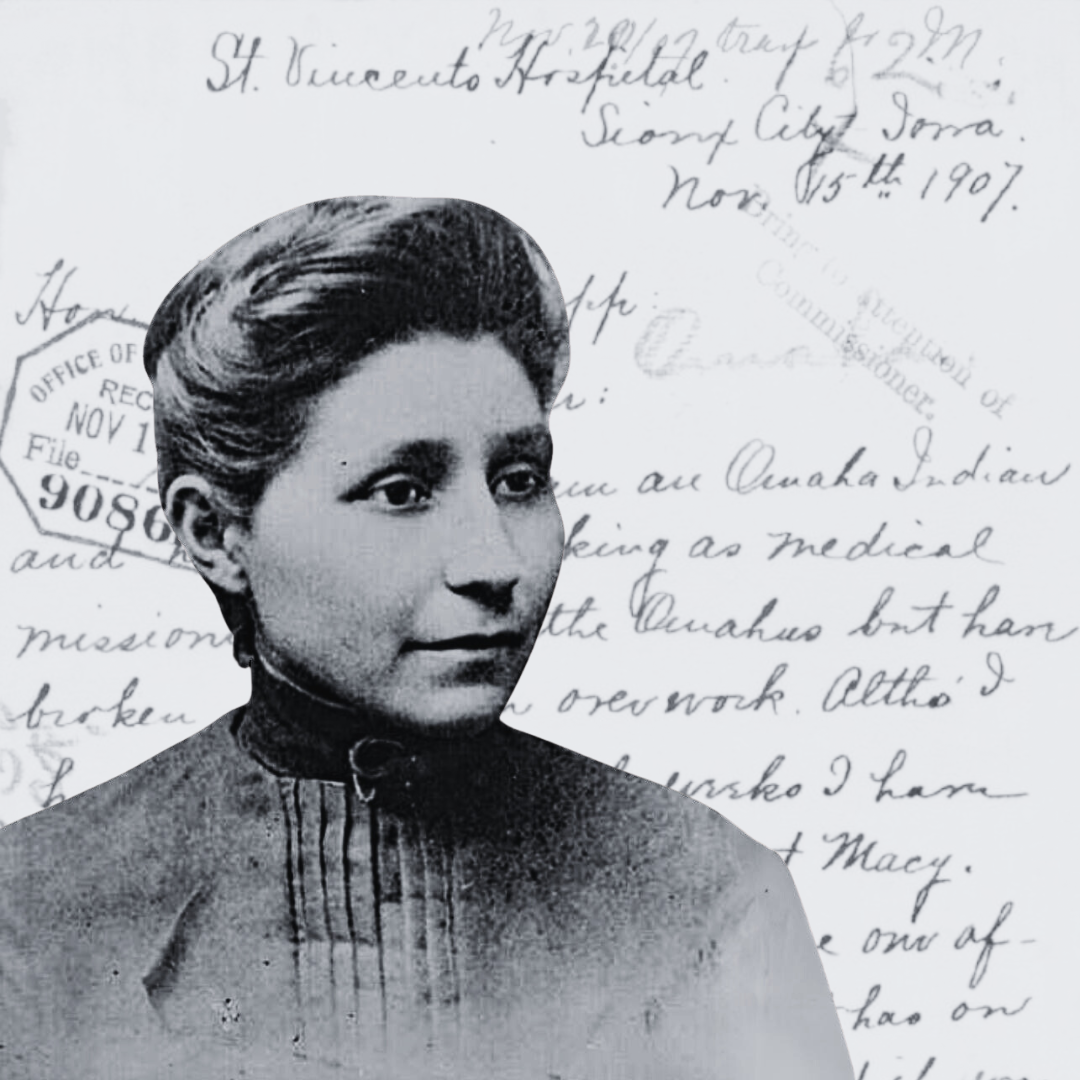
Susan La Flesche Picotte was a trailblazer in medicine and public health, becoming the first Native American woman to earn a medical degree in the United States. Graduating at the top of her class from the Woman's Medical College of Pennsylvania, Picotte returned to the Omaha Reservation, where she tirelessly worked to improve the health conditions of her people. She faced immense challenges, from rampant diseases to inadequate medical resources, yet her dedication never wavered.
Picotte was not just a physician; she was a community leader who advocated for public health, education, and the rights of Native Americans. Her efforts led to the establishment of the first hospital on a reservation, funded by federal and tribal funds, which served as a vital resource for the Omaha people. Her legacy is one of compassion, perseverance, and advocacy, embodying the potential for change in the face of adversity.
Edith Clarke
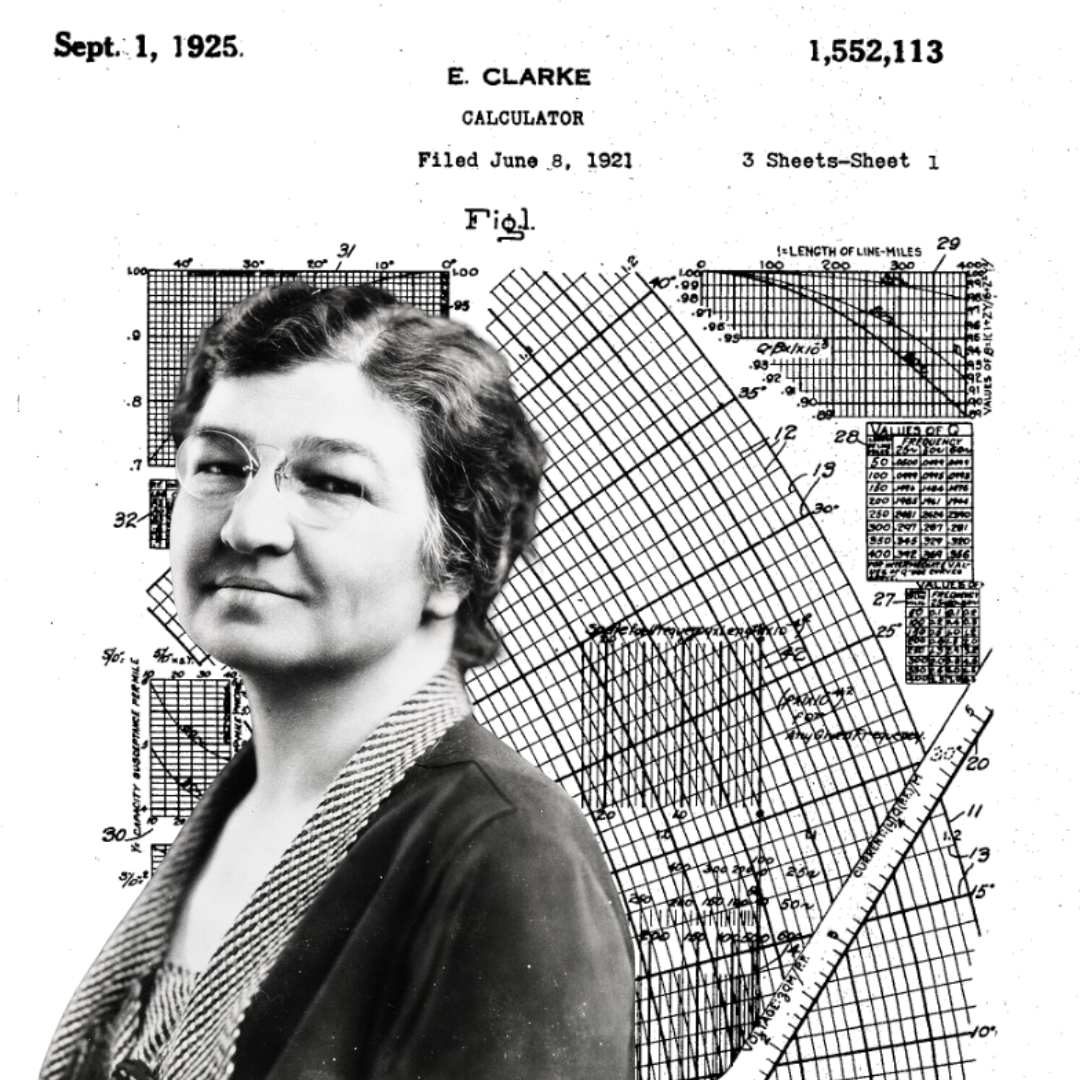
Edith Clarke was a pioneer in electrical engineering, breaking new ground for women in a male-dominated field. After obtaining her master's degree in electrical engineering from MIT, she joined General Electric, where she invented the Clarke Calculator, a graphical device that simplified electrical engineering calculations. Clarke's work was critical in solving complex problems in power transmission and her inventions and methodologies are still in use today.
Clarke's career was marked by a series of firsts: she was the first professional female electrical engineer and the first female professor of electrical engineering at the University of Texas at Austin. Her achievements paved the way for women in engineering and science, proving that they could contribute significantly to technological advancements.
Bibha Chowdhuri
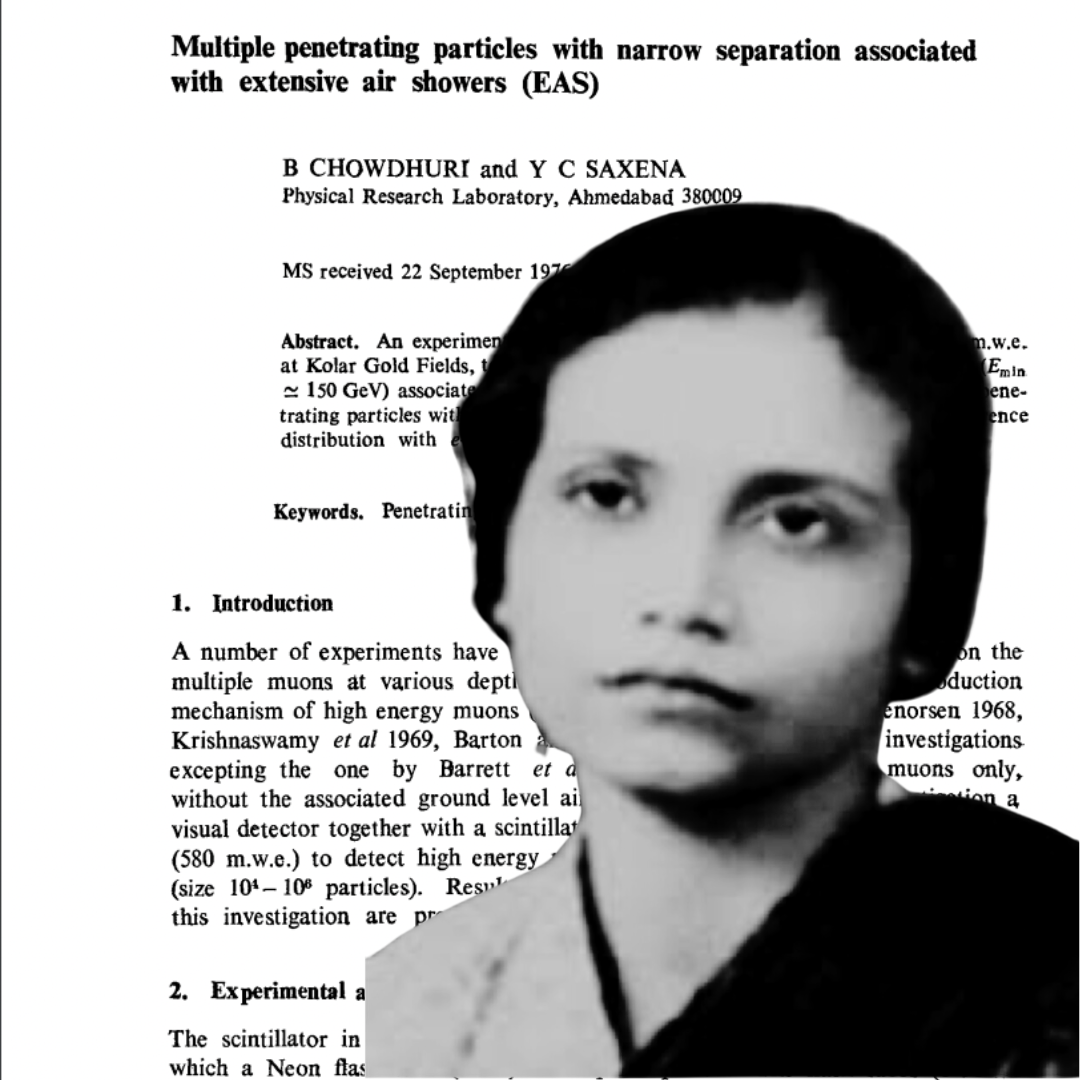
Bibha Chowdhuri's contributions to particle physics and cosmic ray research were extremely significant, yet often overlooked at the time. Working in India and later in England, Chowdhuri conducted pioneering research that contributed to our understanding of the subatomic world. Chowdhuri developed the basic principles of identifying new particles by studying their tracks in cloud chambers and on photographic emulsion plates in a time before accelerators existed. Her work in the field of muon and pion research helped lay the groundwork for later discoveries in particle physics.
Chowdhuri's legacy continues to inspire women in physics. The recent naming of a subatomic particle, "Bibha," in her honor is a testament to her contributions and the increasing recognition of her work in the field of physics.
Chien-Shiung Wu
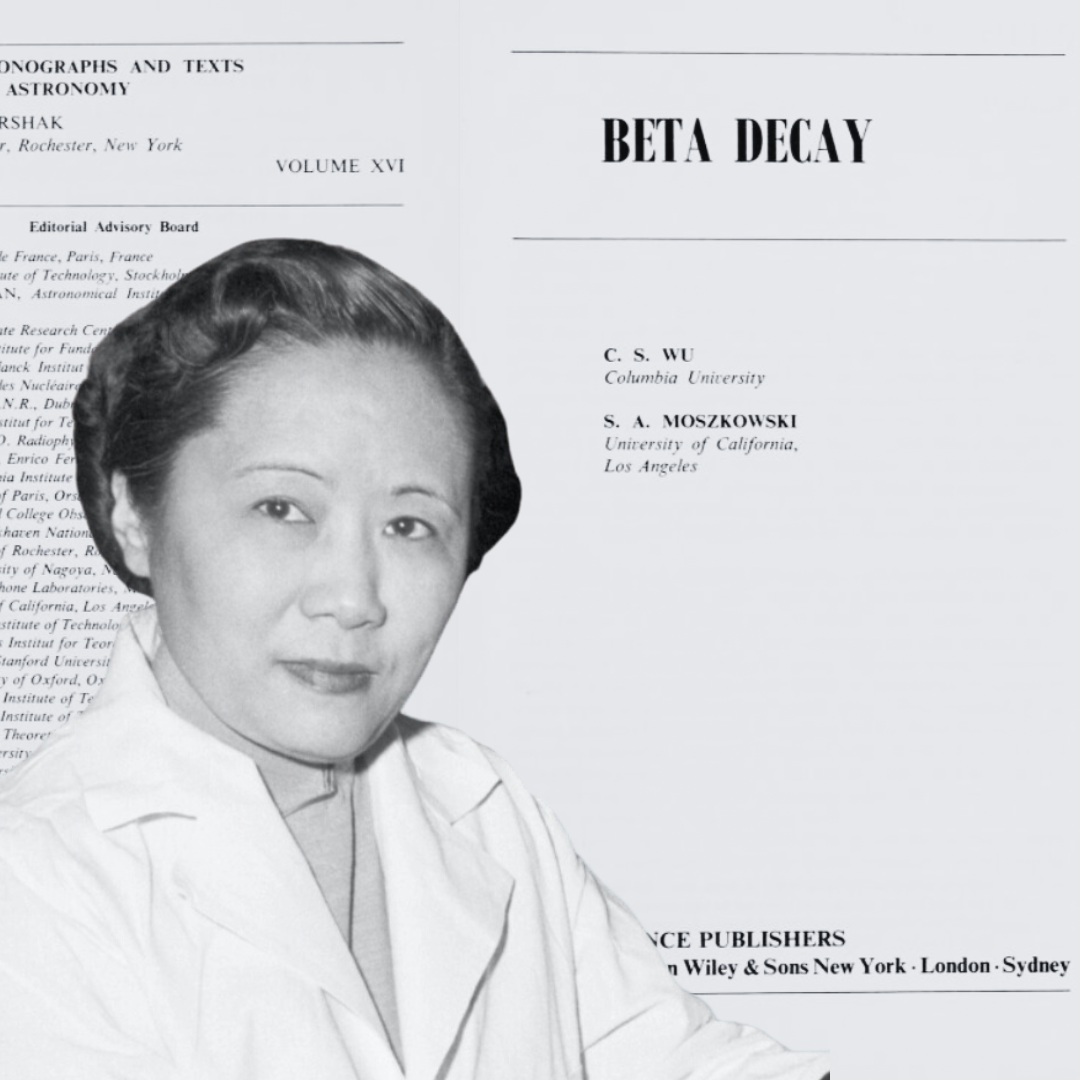
Chien-Shiung Wu was a formidable figure in nuclear physics, known for her experimental work that led to the discovery of the violation of parity in weak nuclear interactions. Her research had profound implications for our understanding of the fundamental forces in the universe, particularly the weak nuclear force. Wu's meticulous experimental techniques earned her numerous awards and honors, though she never received the Nobel Prize, a point of contention and discussion in the scientific community.
Wu's career was marked by her resilience and determination to excel in a field dominated by men. She was a passionate advocate for women in science, mentoring many young scientists and promoting science education. Her legacy is not only in her scientific discoveries but also in her efforts to break down barriers for women in science.
Maryam Mirzakhani
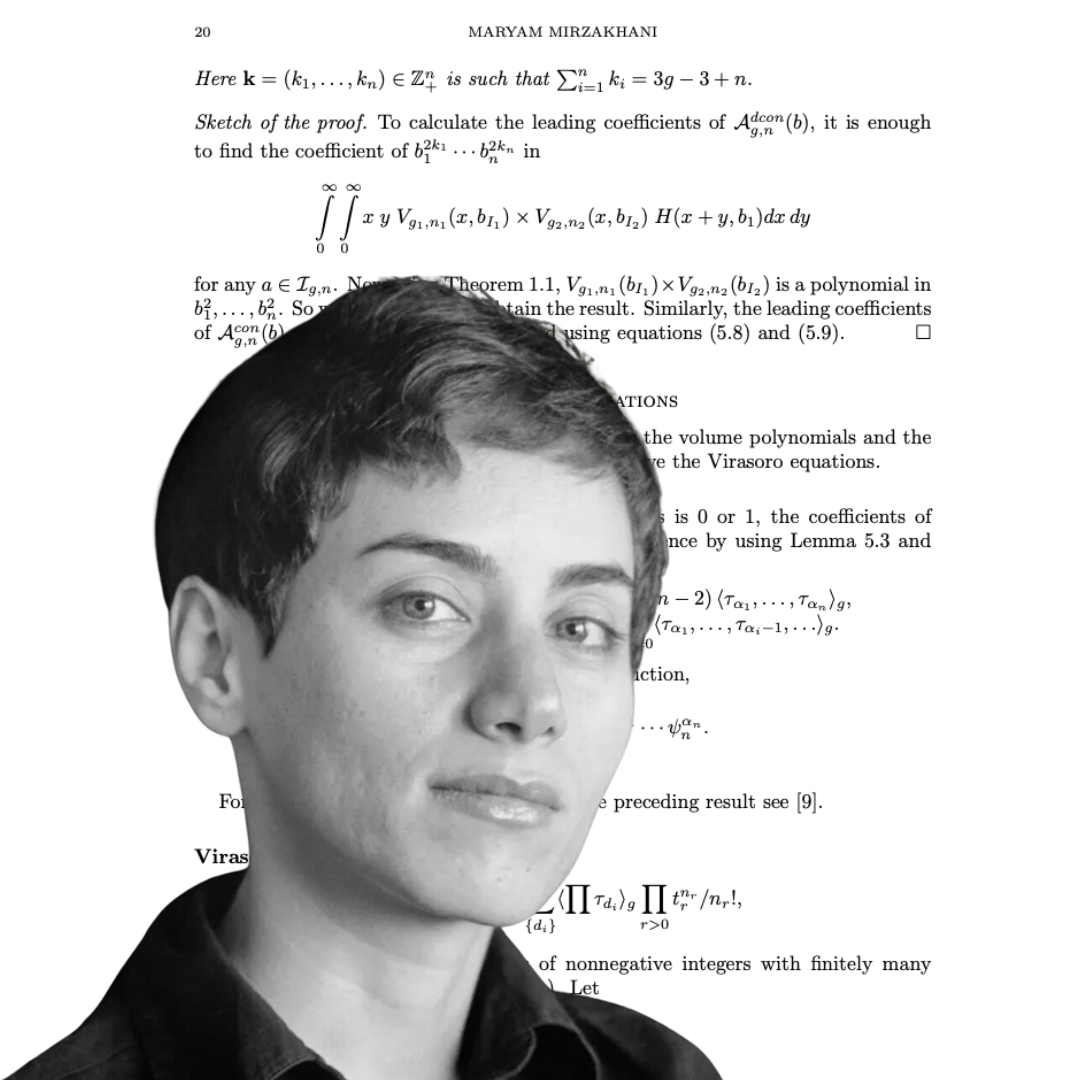
Maryam Mirzakhani was a brilliant Iranian mathematician whose work on the dynamics and geometry of Riemann surfaces and their moduli spaces won her the Fields Medal, making her the first and only woman to receive the prestigious award. Her research explored the complexities of geometric structures and the symmetry of curved surfaces, contributing to advances in theoretical physics, including string theory and quantum field theory.
Mirzakhani's approach to mathematics was characterized by deep curiosity and a unique ability to draw connections between seemingly disparate areas of mathematics. Her untimely death due to breast cancer was a great loss to the mathematical community, but her work continues to inspire mathematicians and scientists worldwide.
Vera Rubin
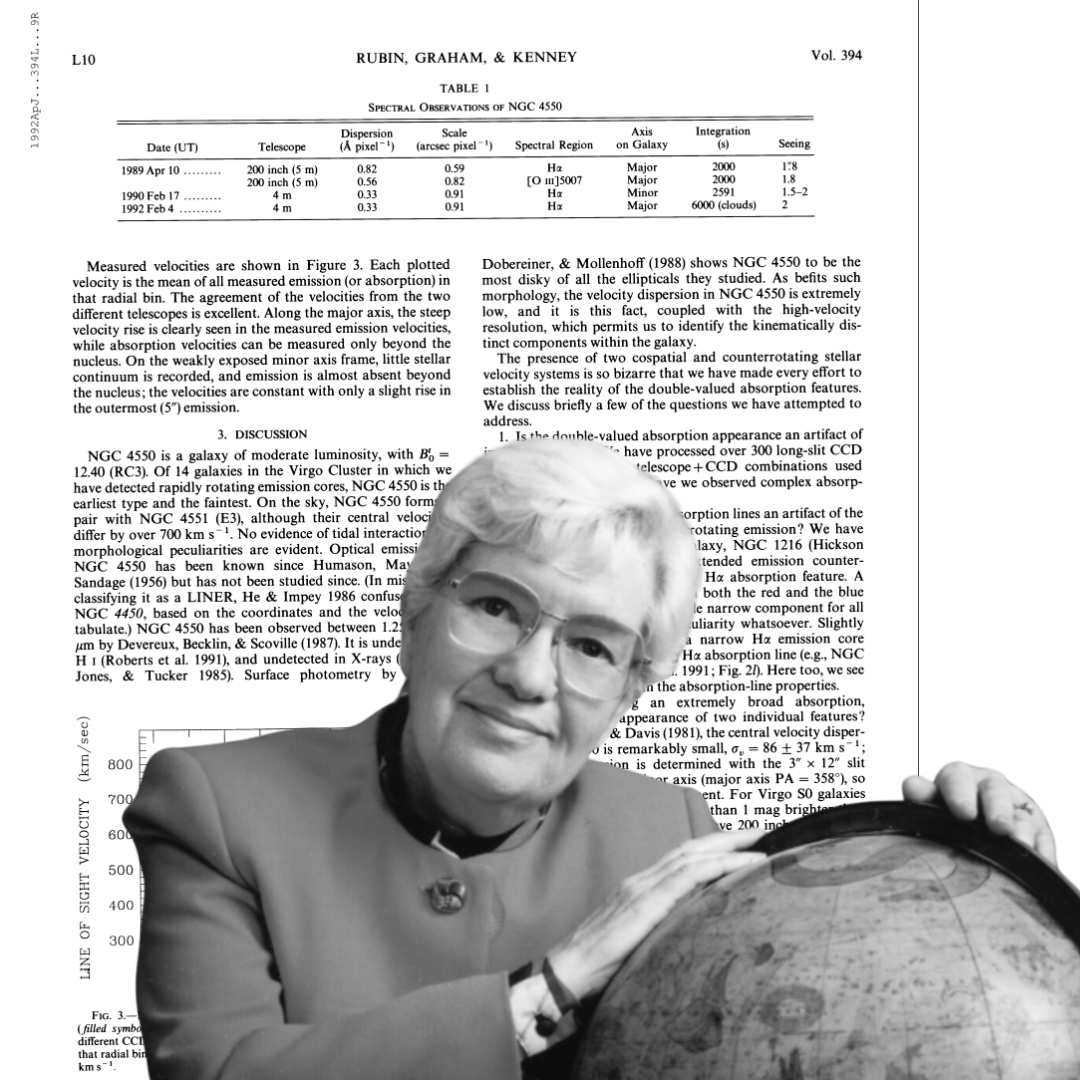
Vera Rubin was an astrophysicist whose study of galaxy rotation rates provided crucial evidence for the existence of dark matter, fundamentally changing our understanding of the universe. Her meticulous observations of the outer stars in galaxies showed that they moved faster than could be explained by the visible matter alone, suggesting the presence of an unseen mass, or dark matter.
Rubin's work was instrumental in shifting the paradigm of astrophysics and cosmology, yet she faced significant challenges as a woman in a field dominated by men. Her persistence and dedication to science have made her a role model for aspiring astronomers and have cemented her legacy as one of the 20th century's most influential astronomers.
Rachel Carson
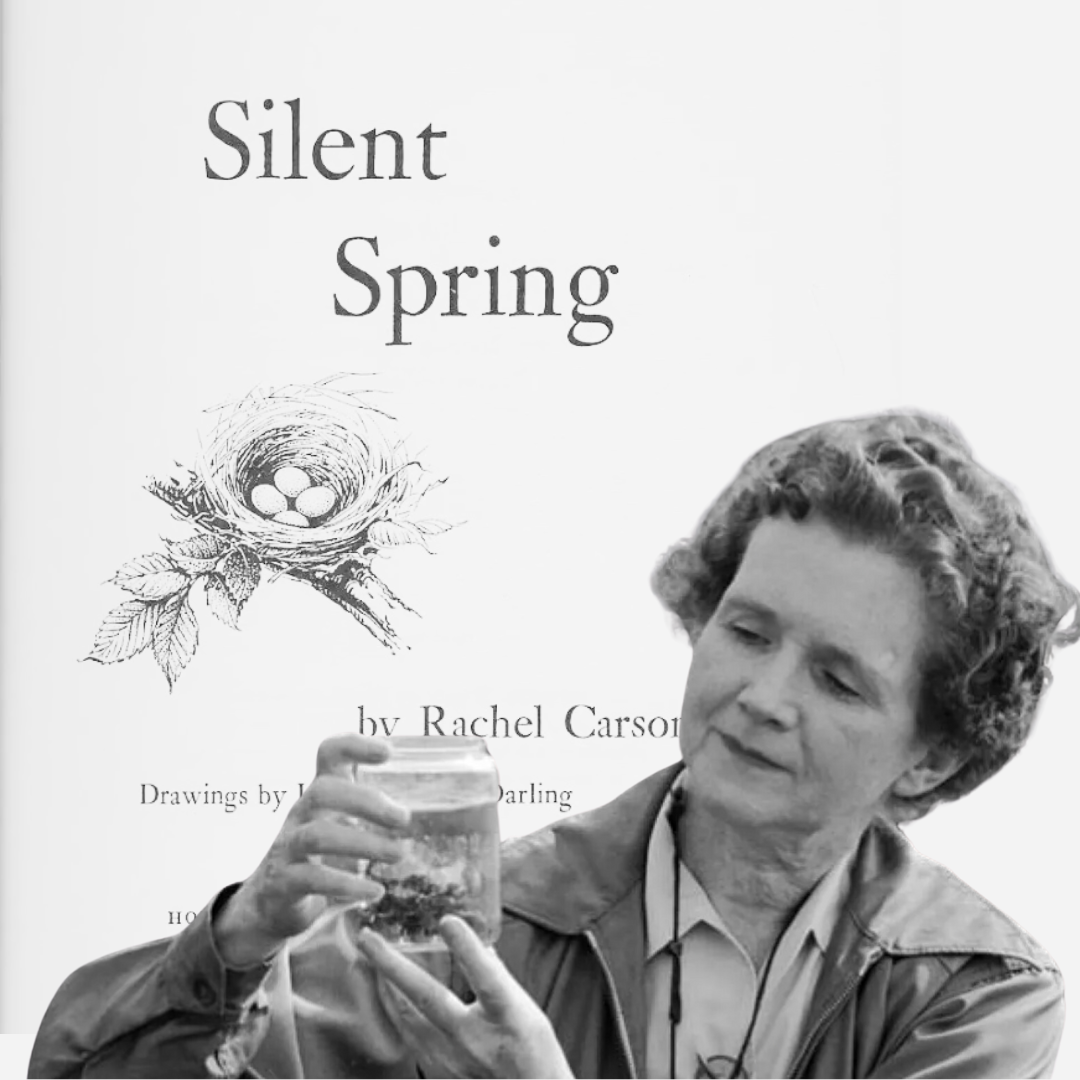
Rachel Carson was a marine biologist, environmentalist, and writer whose landmark book "Silent Spring" sparked the global environmental movement. Her work raised awareness of the dangers of chemical pesticides, leading to the ban of DDT and the establishment of the U.S. Environmental Protection Agency. Carson's ability to combine scientific insight with an impactful narrative changed public perception and policy regarding environmental conservation and public health.
Despite facing industry backlash and personal health challenges, Carson's advocacy for the natural world and her critique of human environmental impact remain profoundly influential. Her legacy endures in the ongoing efforts to balance human needs with environmental stewardship.
Mary Golda Ross
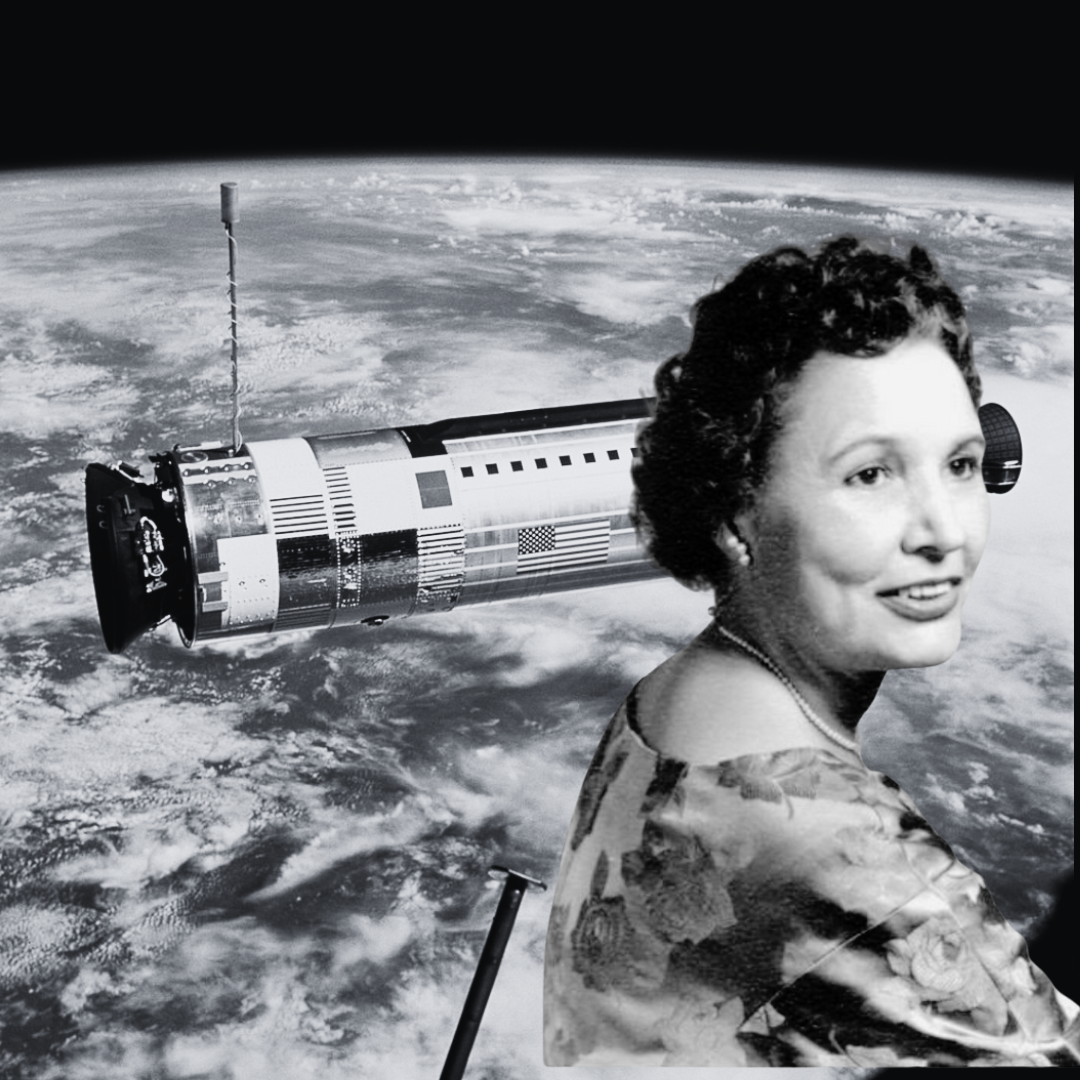
Mary Golda Ross was a pioneering aerospace engineer of Cherokee heritage, who made significant contributions to the early years of the American space program. She was one of the first female engineers at Lockheed's Skunk Works, where she worked on the design of the P-38 Lightning aircraft and later on classified projects, including the development of the Agena rocket. Her work was critical in the development of technologies for space exploration, including satellites and plans for human missions to Mars.
Ross was a trailblazer not only as a woman in engineering but also as a Native American in a field where they were vastly underrepresented. She was an advocate for engineering education, particularly encouraging Native American youths to pursue careers in STEM. Her legacy lives on through scholarships and educational programs designed to foster diversity in engineering and aerospace.
Valerie Thomas

Valerie Thomas is an American scientist and inventor who made significant contributions to the field of image processing and optics. She invented the Illusion Transmitter in 1980, a device that creates a three-dimensional optical illusion, pioneering 3D imaging technology. Thomas's work at NASA and her invention have applications in satellite data processing, television and video production, and medical imaging, demonstrating the wide-reaching impact of her work.
Throughout her career and into her retirement, Thomas has been a staunch advocate for women and minorities in STEM fields, working to create pathways for underrepresented groups in science and technology. She continues to inspire future generations to engage with technology and innovation, pushing the boundaries of what is possible in scientific research and application.
Florence Bascom
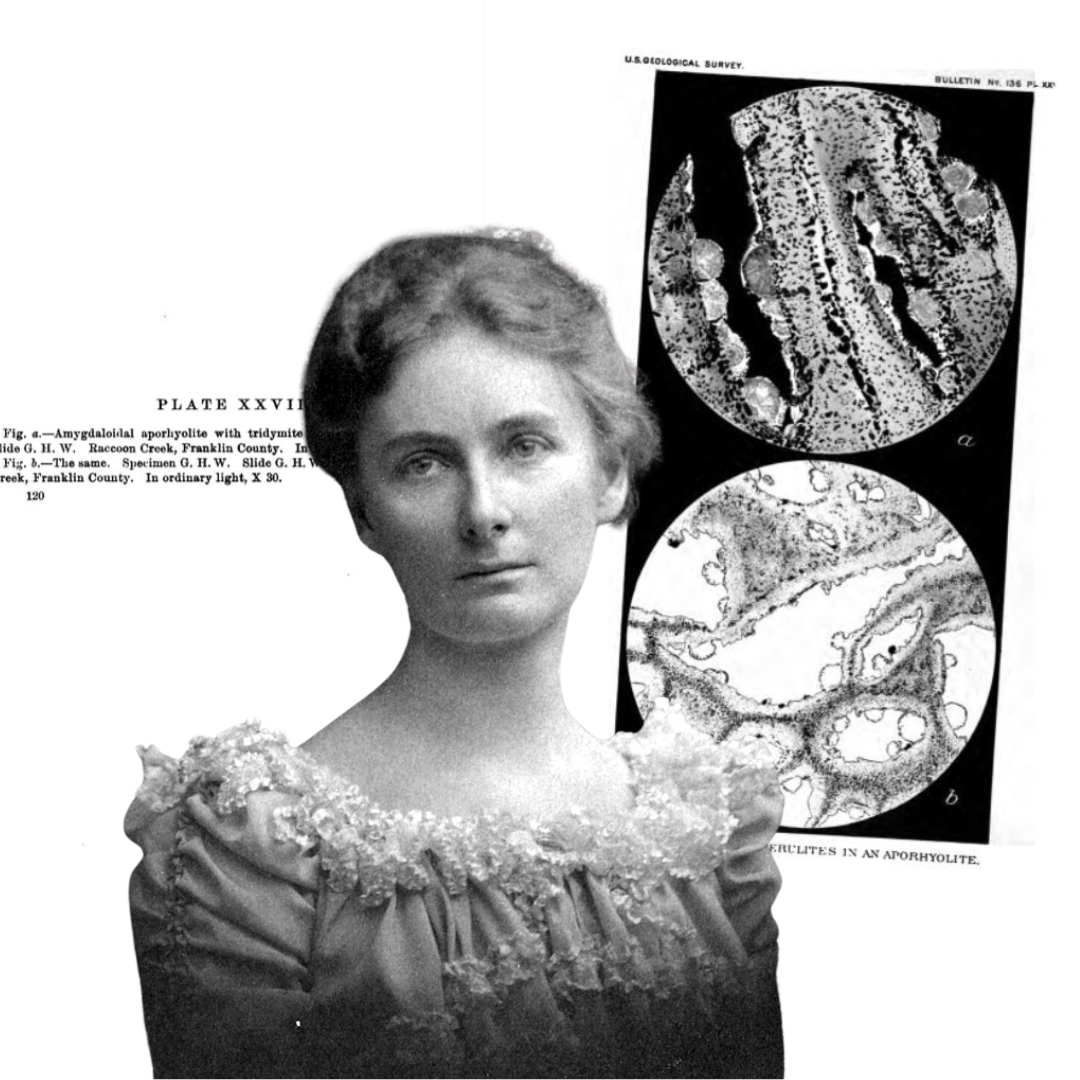
Florence Bascom was a groundbreaking geologist who made significant contributions to the understanding of the Earth's crust. As the second woman in the United States to earn a Ph.D. in geology, Bascom's work on the crystalline rocks of the Appalachian Mountains laid the groundwork for much of modern geology. Her meticulous field studies and mapping helped to elucidate the geological history of the Eastern United States.
Bascom was the first woman hired by the U.S. Geological Survey and the first female officer of the Geological Society of America. Bascom's dedication to geology and her role as an educator and mentor to other women in the field helped to pave the way for future generations of female geologists.
Wanda Diaz Merced
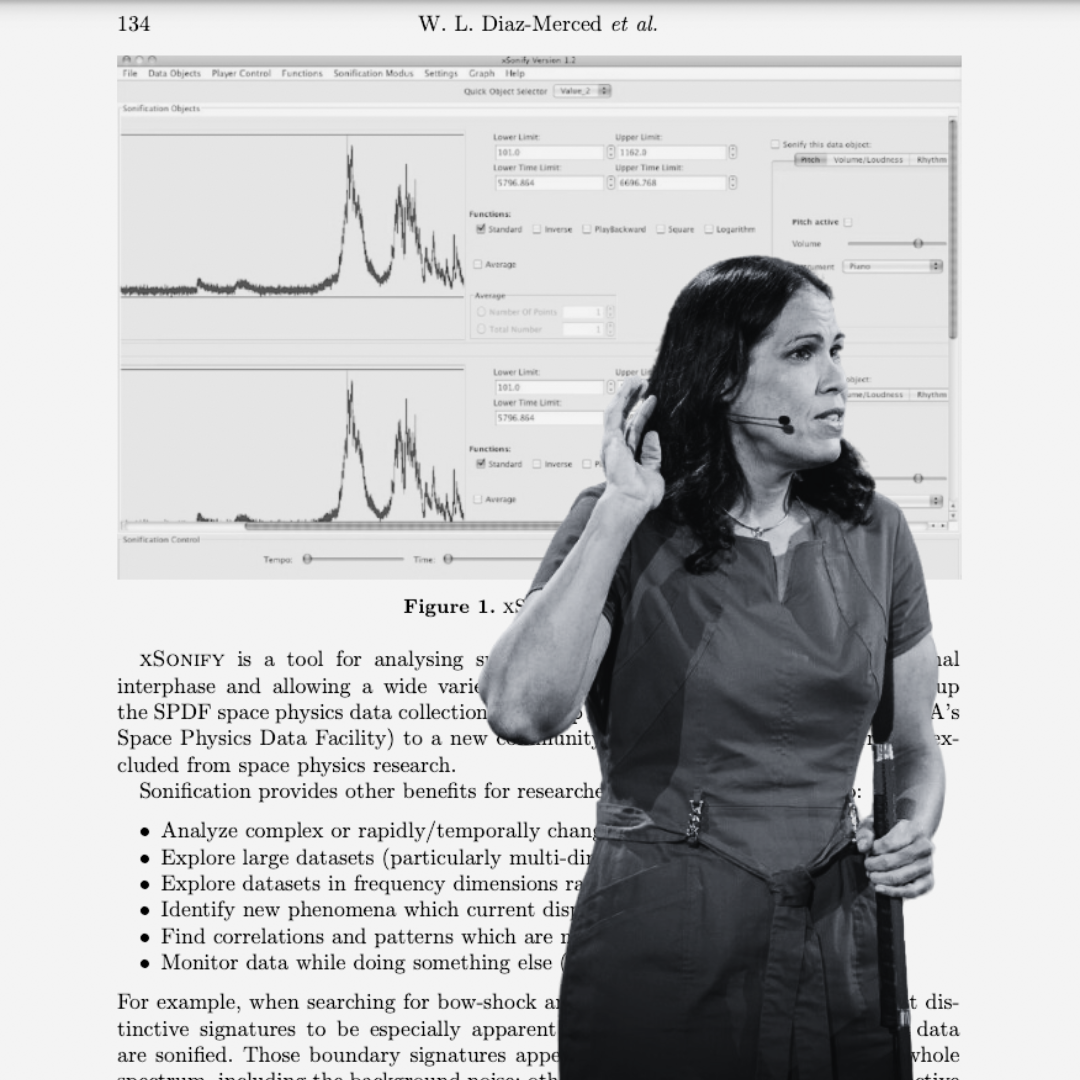
Wanda Diaz Merced is an astrophysicist who has made significant contributions to the field of astronomy. After losing her sight, Diaz Merced developed techniques to study astronomical phenomena through sound, allowing herself and others with visual impairments to continue conducting scientific research. Her work has not only advanced the field of astronomy but also increased accessibility and inclusion within the scientific community.
Diaz Merced's research demonstrates the potential for inclusive technology to broaden the scope of scientific inquiry, allowing researchers to perceive and analyze data in novel ways. Her advocacy for accessibility in science and her innovative approach to research have inspired many, highlighting the value of diverse perspectives in advancing our understanding of the universe.
Check out some of our past blog posts talking about amazing achievements by women in science and engineering, you might learn something new!
Who's a woman from science history you admire? Let us know in the comments!

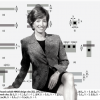
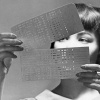
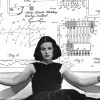

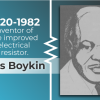






Bravo, nice article! A small correction, the second Fields medal to a woman mathematician was awarded in 2022 to Maryna Viazovska for her work on sphere packing and related problems. More info here..